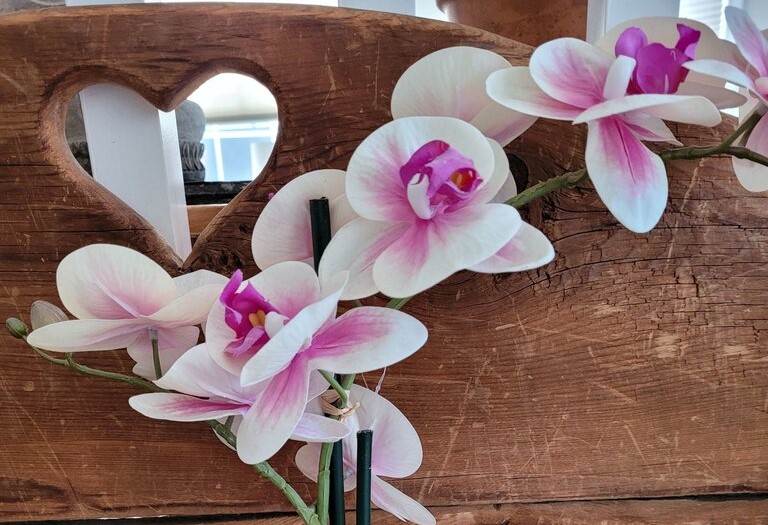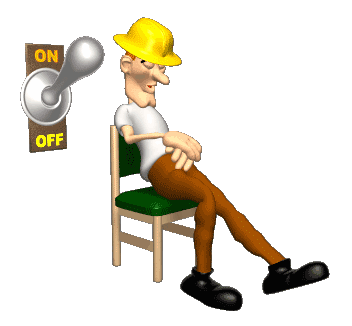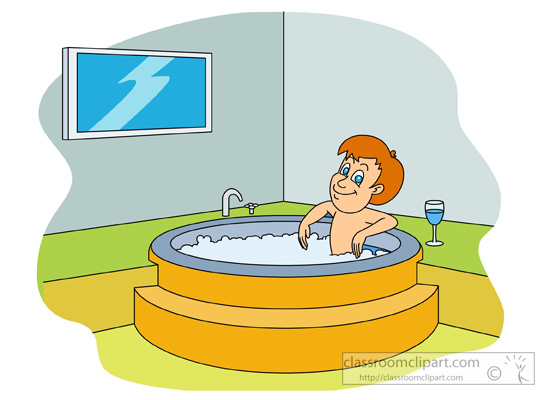My new adventure as a senior blogging. Computers today are becoming more and more frustrating. Upgrades are not always what they are marketed as, and we have lost control of making things work for us. I dislike not owning things anymore. You can still buy a painting but even if you pay for a song it can disappear and software is rented. Most of the time I feel many features are made intentionally difficult to solely encourage upgrades and later versions. Most time these are equally frustrating or even surpass the frustrations of earlier editions. Yet we passively send away more money to get the latest or pay rent money for features we will never use. Often I long for the good ol’ computer days when we could buy a simple version of a program and keep it as long as we wanted. Word is so bloated and complicated now I simply use a few basic features but pay a significant monthly fee. Openoffice but also has its limitation and has its own learning curve.
Today I want to try a blog. I started out with a Vlog and that would be a small movie designed to be published on some other program such as Youtube. With a straightforward Logitech camera (or what should be) and a mic and my tablet I tried to do an unboxing to try things out. Unboxing is when you get a product and record opening it up and getting it up and running. My unboxing was a package of soup I found in the Asian supermarket T&T. I drop in to the Asian market and purchase some little known (for me) item found in a recipe or a bag of fresh noodles I cannot find anywhere else. Often I peruse the aisles, totally absorbed in items I am not familiar with and wonder if it might be ingredients I might use to replicate an exotic meal I found in an ethnic restaurant. I do not buy unknowns often but a few days ago I was giving the packed soups a good look over and one popped out at me as “soup of the week”. It as a cellophane bag with a peek a boo pane exposing an interesting collage of soup suitable items labelled “Soup of Mixed Fungi”. What the heck, the instructions were translated and a minor investment so I grabbed a bag.
Lining up at the cash, the cashier and the couple behind me were both Asian and the cashier asked me if I had tried this before. Saying no, she laughed and said “very healthy”. The couple behind me spoke very little English and I no chinese but they both laughed in approval and said “haha so good” in a very likeable way. I knew I was off to an adventure.
Here I decided to combine my new soup with my new blogging effort and perhaps someone would enjoy learning about how easy or difficult it is to learn to blog and at the same time enjoy the experience of building a soup from another culture.
Before we follow the instructions I thought I might look up the ingredients and discover what might make this soup a medicinal soup as well as supper.
The ingredients: Ganedorma Lacidum and Ganedorma Zheeningense, Wolfberry Fruit, Preserved Dates and Red Dates, Coriolus Versicolor, and Radix Astragali. Inside each ingredient was packaged in smaller individual packages. I did a google on each item and found luck on matching some ingredients but not so sure on others. All items had online information of some sort and I felt comfy with everything. No bats blood or newt products that might require additional anxiety reduction research prior to boiling. Everything seems straightforward.
There are a lot of Ganedorma mushroom species. Some are described as Reishi mushrooms and are a fungus that grow in hot and humid parts of Asia on trees. They look and might be the same as those fungi that grow off of trees in Canada. Mushrooms have so many health beneficial molecules and some are hard to find in other foods. I am intrigued and beginning to look forward to testing my soup. Some health benefits are well tested and others more of a suspicion of positive effects and I will leave that to the health professionals that specialize in fungi. In general these can help white blood cell counts, boost immune systems, reduce inflammation, fight cancers, improve lymphatic systems, reduce fatigue, enhance well being, reduce anxiety and depression, positively affect cholesterol, and control blood sugars. No wonder those people around me at the cash were laughing in support with what I am about to enjoy.







